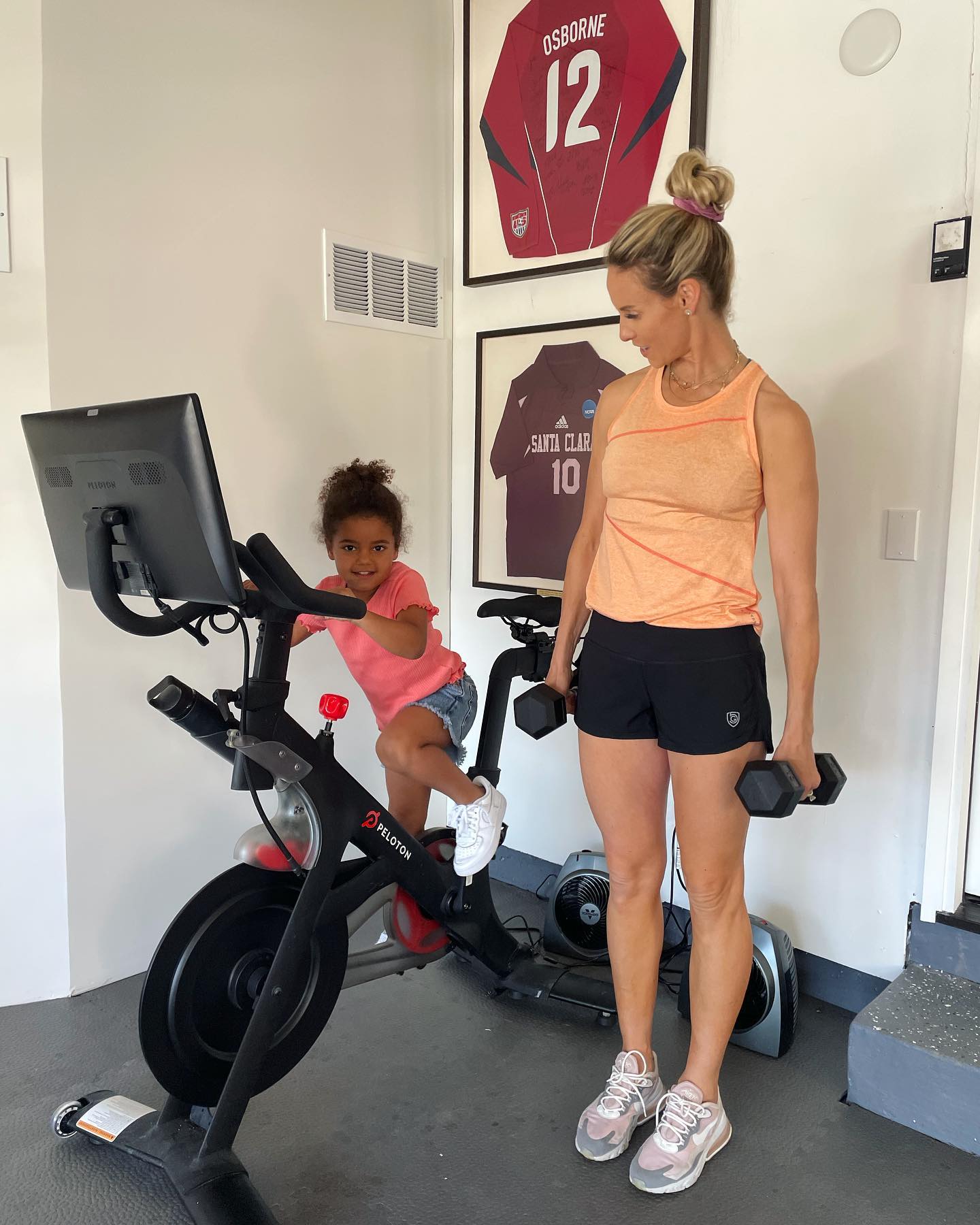There’s something quietly radical about watching a woman in her sixties walk into a weight room and claim her space. No apologies, no excuses—just a barbell, a breath, and the decision to keep showing up for herself.
For decades, aging has been wrapped in euphemisms. Words like “gracefully” or “quietly” get tossed around like goals, as if growing older were something to be managed delicately. But for a rising wave of women, especially those entering their sixties and beyond, aging isn’t a gentle decline—it’s a chance to get stronger.
Strength training later in life isn’t about chasing personal records or pushing through punishing routines. It begins with a shift in mindset—seeing strength not as something that fades with age, but as something you continually build over time. For many women, lifting becomes less about performance and more about preservation: of independence, of mobility, and of self-respect.
Dignity doesn’t live in silence or stillness. It lives in motion—in every choice to keep going.
Why Strength Training After 60 Matters
Lean muscle begins to decline as early as the thirties, with most people losing between 3% and 8% of their muscle mass each decade. By the time women hit their sixties, that decline can affect everything from balance to bone health. But it’s not irreversible. Strength training helps rebuild what time tries to take.
Lifting weights or using resistance bands improves muscle tone, joint stability, and bone density—key factors in defending against fractures, falls, and prolonged recovery times. It’s also a powerful way to fight osteoporosis, which disproportionately affects women over 50. According to Harvard Health, regular strength training not only preserves bone density but can also help reverse age-related weakness and maintain independence for longer.
Beyond the physical, strength training offers real mental health benefits. It can ease symptoms of depression, improve focus, and lift overall mood. Many women who lift say they feel more capable, more energized, and more in charge of their day-to-day lives.
It’s not about chasing youth—it’s about building trust in the body you have now, and knowing it can still carry you forward.
Breaking Stereotypes: Women Can Lift at Any Age
For too long, strength training has been confined by age and gender, labeled as the domain of young men chasing muscle. That perception has kept countless women, especially older women, out of gyms and away from weights they could absolutely handle.
The truth? Your body doesn’t stop responding to strength work just because you’ve passed a certain birthday. Progress might look different, but it still happens—steadily, meaningfully, and with visible results.
Plenty of women in their sixties, seventies, and beyond are proving what’s possible. They’re lifting dumbbells in community centers, learning proper form with trainers, and logging personal milestones they never thought they'd achieve. It’s not about how much weight you move—it’s about what it moves in you.
Strength doesn’t have an expiration date. It definitely doesn’t belong to just one generation.
The Link Between Movement, Independence, and Dignity
Strength training isn’t just a fitness choice—it’s a strategy for living on your own terms. The ability to stand up without assistance, carry groceries, or catch yourself during a stumble isn’t trivial. It’s what lets you move through the world without needing to ask for help every step of the way.
Losing mobility is one of the fastest ways to lose independence. And when that happens, decisions start getting made for you—where you live, how you spend your time, who manages your care. That’s why staying strong matters so much: it protects more than your body. It protects your choices.
Dignity in aging means recognizing age as part of your strength—not something to hide, but something to live fully. It’s holding on to the freedom to do the things that make life feel like yours.
Training for the Life You Want—Before Someone Else Has to Manage It for You
Staying strong in your sixties has less to do with pushing limits and more to do with preserving the everyday details that give your life rhythm and meaning. The ability to walk across a room without assistance, get dressed on your own, or cook a simple meal might seem minor—until those abilities start to slip away.
Strength training helps protect that freedom. It supports the muscles and joints you rely on most, reinforcing balance, stability, and movement. This kind of training isn’t about performance or aesthetics. It’s a quiet, consistent investment in your independence.
But no matter how strong you are, there may come a point when you need help. For some women, that means moving into an assisted living facility or long-term care environment. That shift can be difficult—physically, emotionally, and psychologically—especially when your voice feels overlooked or your needs go unmet.
Living in care shouldn’t mean giving up autonomy or being treated as invisible. When requests are ignored, when basic dignity is lost, or when safety becomes a question rather than a certainty, it’s more than a lapse in service. It’s a violation of your right to be cared for with respect. In those situations, speaking with a nursing home abuse lawyer may be the necessary next step in standing up for yourself.
You train to hold on to strength. You train to stay capable. And even when you need support, you still deserve to be treated with the same care and humanity you’ve shown to others all your life.
Getting Started: Safe, Effective Strength Training for Women Over 60
You don’t need to be a lifelong athlete to start lifting. What matters isn’t how much you lift—it’s how consistently and safely you do it.
Bodyweight exercises, such as wall sits, step-ups, and modified push-ups, are a solid starting point. They build essential strength without overwhelming your joints. As you grow more comfortable, resistance bands or light dumbbells can add just enough challenge to keep you progressing. Focus on control and form rather than speed or repetition. If you’re unsure where to start, consider consulting a trainer or physical therapist, especially one experienced in working with older adults, who can offer valuable guidance.
A couple of short sessions each week is enough to improve balance, support your joints, and build strength that carries into everyday life. You’re not training to compete. You’re training to stay capable, steady, and strong.
Strength Is Still Yours
Aging may change your body, but it doesn’t take away your power. Every step forward is proof that strength is something you continue to earn.
Strength training later in life helps you hold on to what matters—your energy, your freedom, your sense of control. Whether through bodyweight movements, resistance bands, or weight training, building strength supports balance, stability, and the ability to manage everyday tasks—like getting out of bed or feeling secure on your feet.
Even as your pace shifts or your routine evolves, strength stays with you. It adapts. It endures. You’re not starting from scratch—you’re building on everything that brought you here




Leave a comment
This site is protected by hCaptcha and the hCaptcha Privacy Policy and Terms of Service apply.